(ECNS) -- To actively respond to population aging, China will refine policies and mechanisms for developing elderly care programs and industries and vigorously develop the silver economy, the 2025 Government Work Report noted.
How to resolve the uneven distribution of elderly care resources between urban and rural areas? How can China incentivize businesses to enter the elderly care industry to boost the silver economy?
Li Jia, deputy head and senior researcher of the Aging Society Research Center at the Pangoal Institution, stated that China needs bottom-up innovation and diversified region-specific solutions. For instance, cities like Shanghai and rural areas differ significantly in terms of aging levels, elderly population structure, and consumption capacity, necessitating tailored approaches.
Li emphasized that this multi-faceted exploration not only provides new ideas for China to address aging issues but also offers a "Chinese solution" that can be referenced globally.
He also noted that data-driven support is expected to become a new key factor in promoting the silver economic development.
Through data surveys, it is possible to gain a deeper understanding of the needs, consumption capacity, and preferences of the elderly, thereby helping businesses find precise market opportunities. This is likely to become a more important driving force in advancing the silver economy, he said. (Zhang Dongfang, Chen Tianhao)












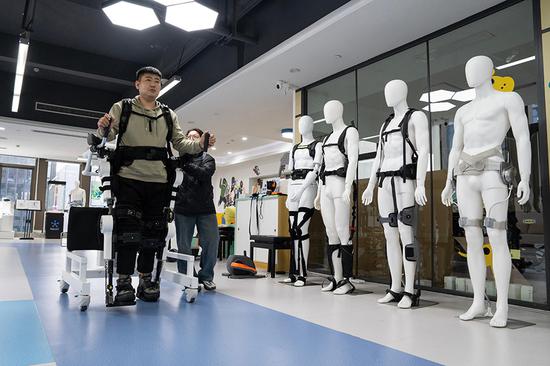

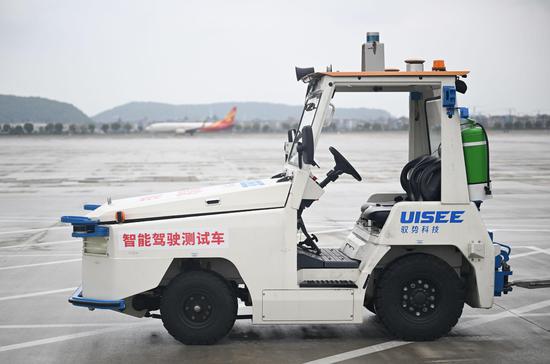








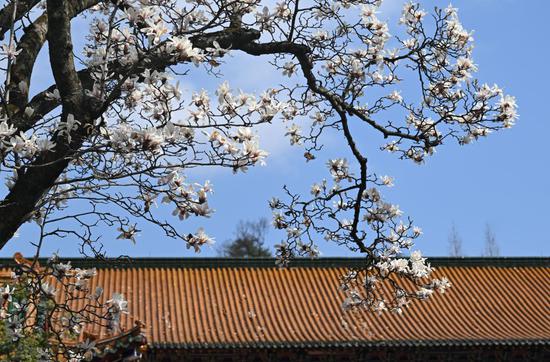
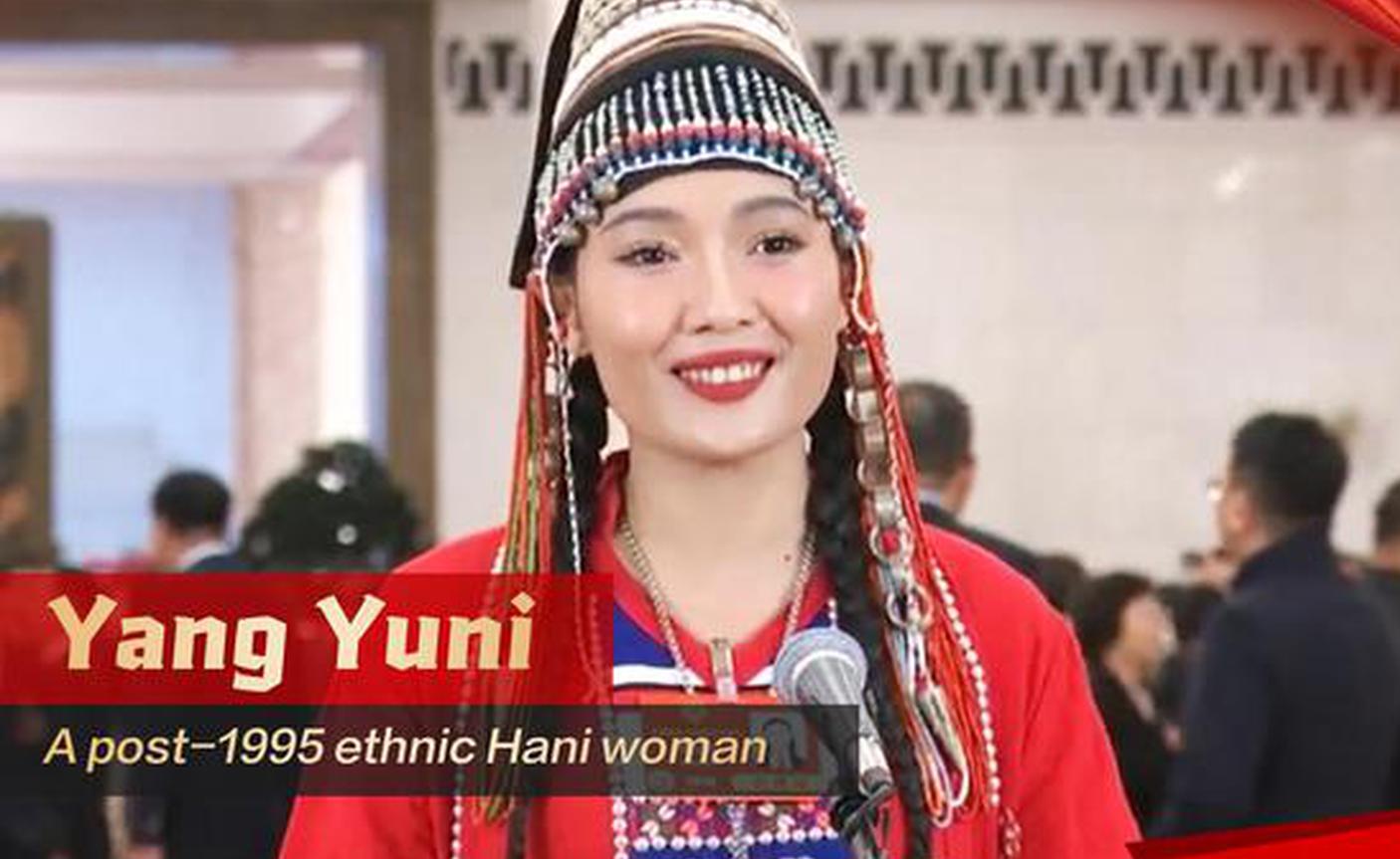
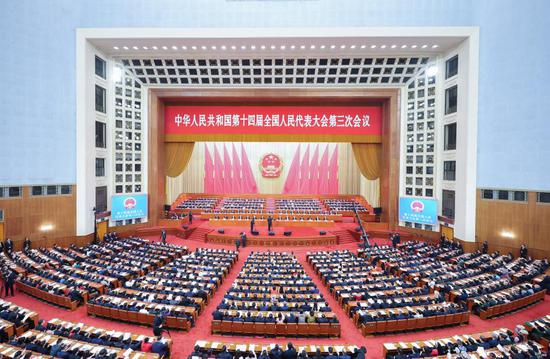



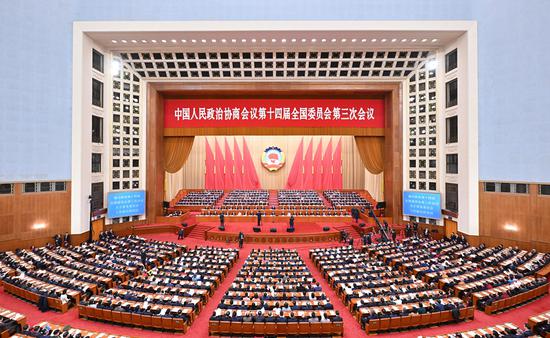


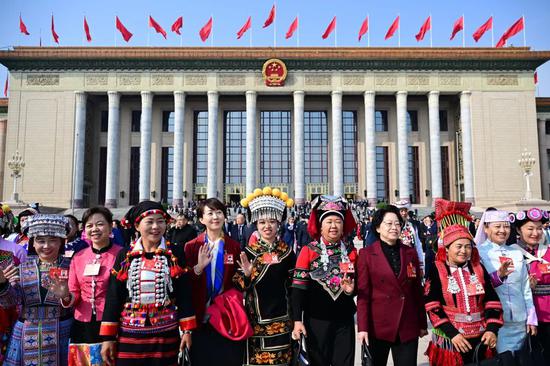
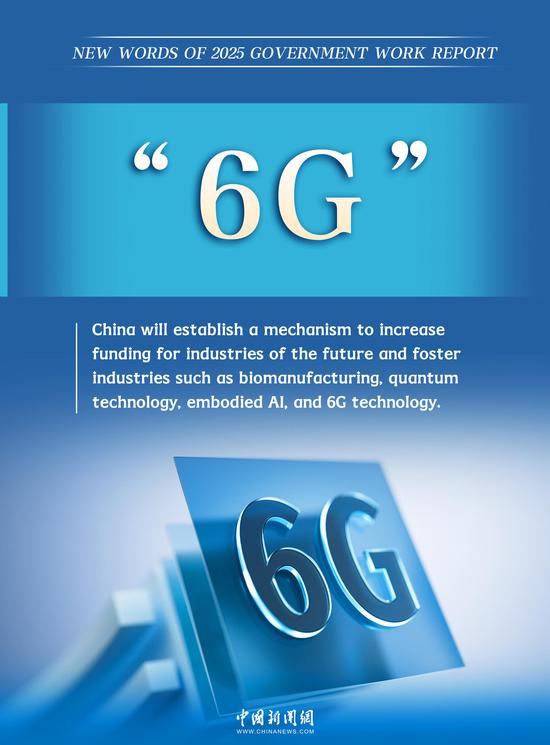


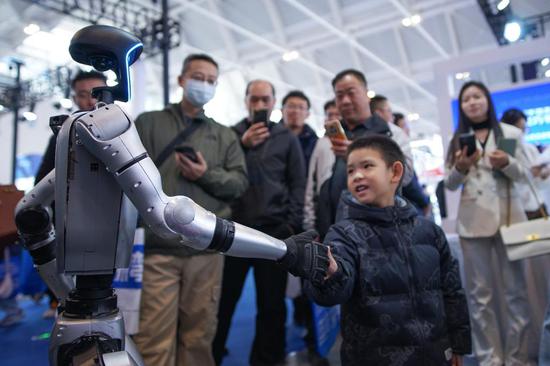
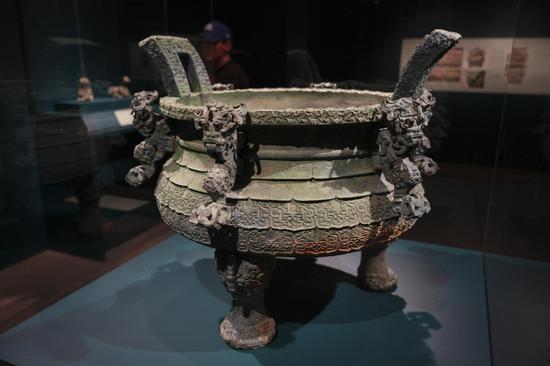

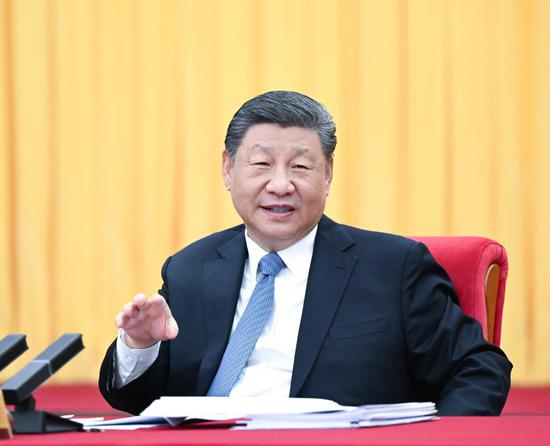
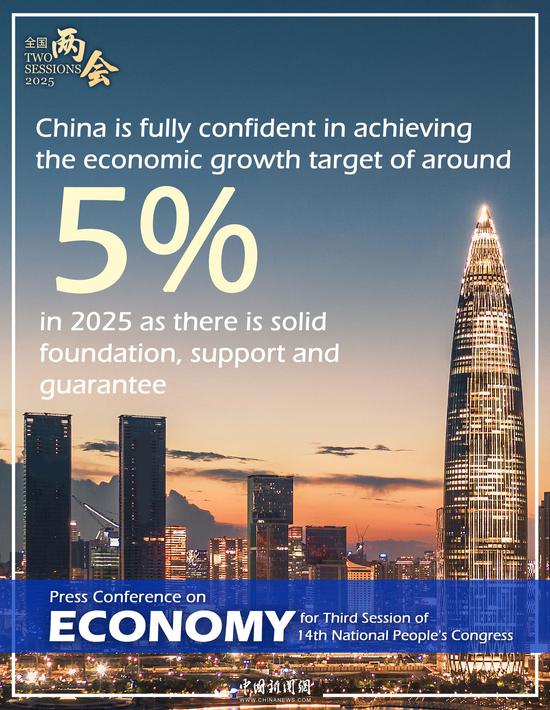

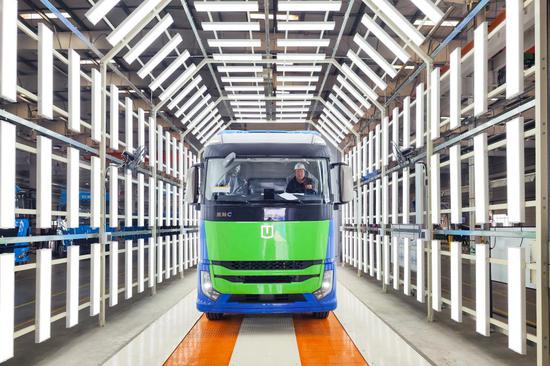

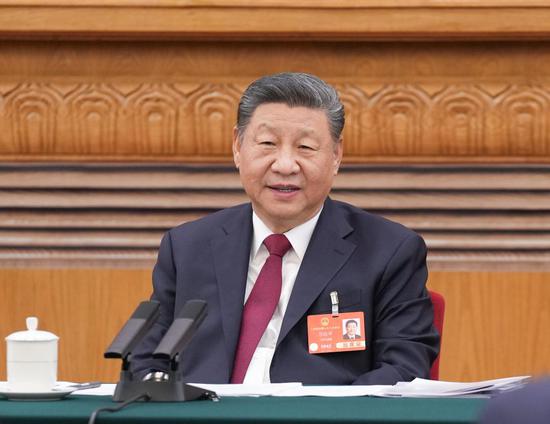

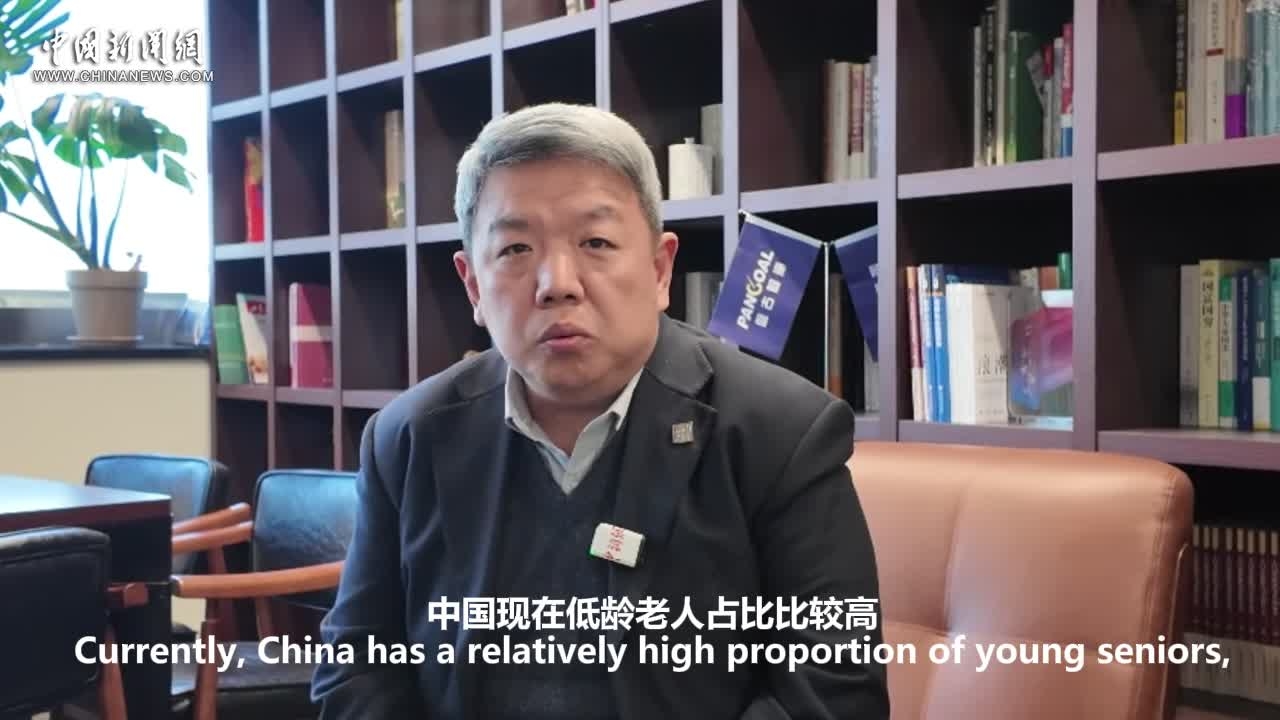

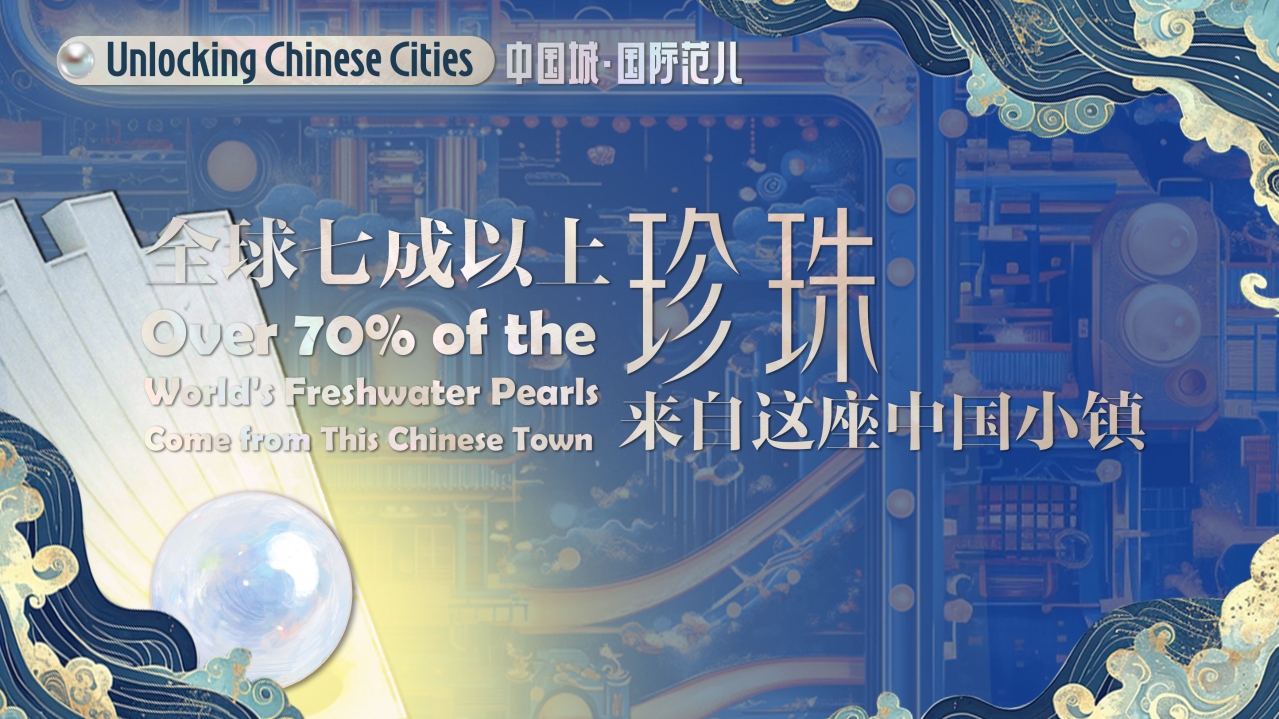

 京公网安备 11010202009201号
京公网安备 11010202009201号